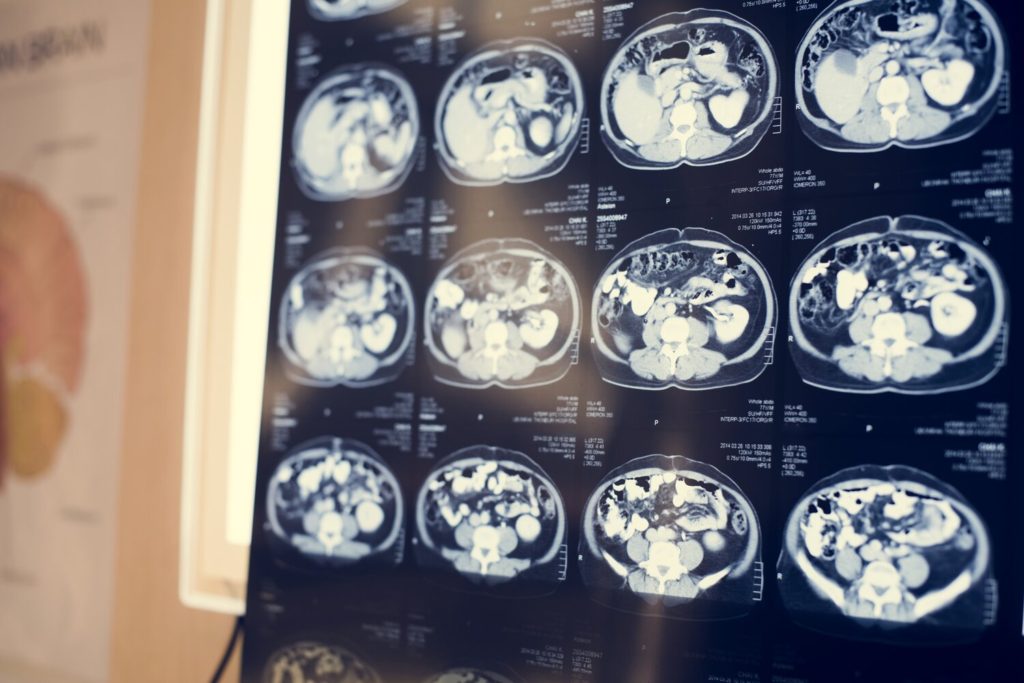
NCDs or Non-Communicable Diseases are those that are not directly transmitted from one person to another. These include Parkinson’s disease, strokes, many heart diseases and cancer, diabetes, Alzheimer’s, cataracts, and many more. NCDs amount to 70% of deaths globally resulting in the leading cause of death worldwide, out of which 43% are below 70 years of age. Out of those premature deaths, 87% have been recorded in Low and Middle-Income Countries (LMICs).
The top culprits responsible for NCD deaths are cardiovascular diseases, cancers, respiratory diseases, and diabetes in order. If you take a more in-depth look into these cases, you may realize that medical imaging plays a pivotal role in diagnosing and treating these diseases. Even the Global Action Plan for NCDs devised by the World Health Organization (WHO) includes a crucial step to make accessible, distribute and finance medicines and technologies that are affordable, safe, of good quality and competent in diagnosing and treating NCDs. The Plan involves reaching a target of 80% availability in basic and affordable technology and medicine needed to address NCDs.
Cardiac imaging uses techniques such as x-rays, ultrasound, Computed Tomography (CT) and Magnetic Resonance Imaging (MRI) to diagnose heart disease, leaky valves, size and shape defects of the heart, etc. These imaging procedures are also helpful in determining causes and monitoring the heart to know if treatment is effective or not.
Even in cancer diagnosis and treatment, medical imaging types like x-ray, CT scan, mammogram, ultrasound, MRI, Positron Emission Tomography (PET) and nuclear medicine are used. They help to detect tumors and their extent and also to determine the effectiveness of the treatment processes.
Chest x-rays, CT, MRI and PET/CT, are all diagnostic imaging techniques used in diagnosing and treating respiratory diseases. MRI and PET scans are also gaining popularity when taking operational decisions and determining the extent of surgery when it comes to Diabetic Foot Syndrome.
As you can see from all that, medical imaging plays a vital role in minimizing NCD deaths globally. Even WHO has iterated the necessity of accessible and affordable medical imaging facilities all over the world. Records depict that more than half of the world’s population do not have these readily accessible and affordable medical imaging services at hand, therefore, are at a higher risk of NCDs and death by NCDs. By fulfilling these requirements, not only can lives be saved but also prolonged. Apart from all that, it can even help bolster the economy in LMICs.
So it is evident that the need for medical imaging equipment is on the rise globally. To fulfill this requirement while still adhering to the available budget can be a challenge for medical facilities around the world. But with the aid of used and refurbished equipment in the market today, all worries can be set aside. But it is just as essential to make sure that the used and refurbished MRI Machine, CT scanner or C Arm Machine that you purchase is up to standard as is required. At Amber Diagnostics, you can expect nothing but the highest-quality, standardized used or refurbished medical imaging equipment in the market. Call up now to find out more.